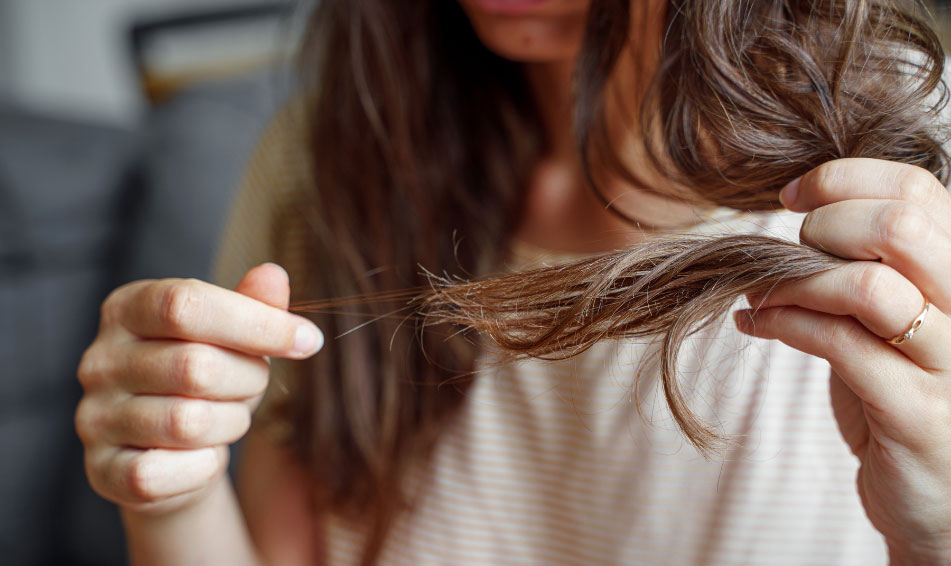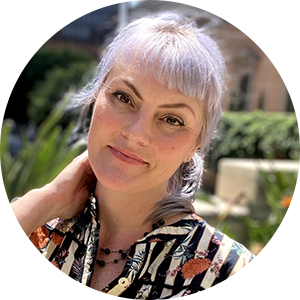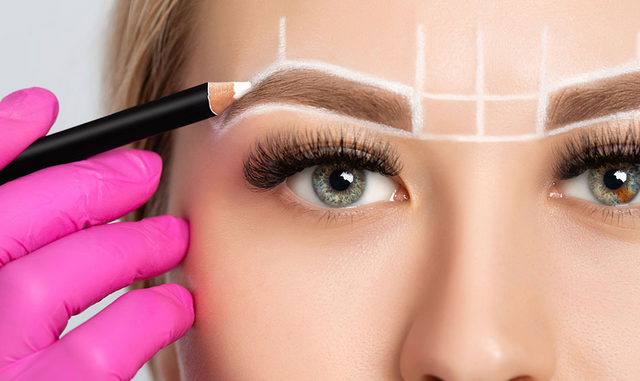Hair Growth Cycle Phases and Hair Production
By Ami Mariscal, with insights gleaned from an interview with Dr. Naina Sachdev, regenerative, functional, aesthetics, and medical doctor at NainaMD in Beverly Hills, CA.
Whether you're a beauty enthusiast hunting for the secret to luscious locks or someone battling hair woes and seeking understanding, let's delve into hair growth and its intricate dance through cycles and structures.
Embracing the Cycle of Renewal: Hair Production
Hair follicles (HFs) are complex mini-organs that play a pivotal role in hair growth and regeneration. “A unique feature of these stem-cell-rich mini-organs is that they undergo life-long, cyclic transformations between stages of active regeneration (anagen), apoptotic involution (catagen), and relative proliferative quiescence (telogen)”, and shedding exogen (https://www.ncbi.nlm.nih.gov/pmc/articles/PMC4437968/).
Imagine your hair is a play, divided into four acts: the Anagen Phase, where it's growing; the Catagen Phase, a brief transition period; the Telogen Phase, a restful finale where the hair takes its final bow before exiting stage left (or right, depending on your parting), and finally exogen, the shedding moment. It's like a Broadway show but with more shedding.
Anagen / Growth Phase / Active Regeneration
The anagen phase, akin to an artist fervently painting on a canvas, is when hair grows vivaciously, symbolizing life's dynamic nature. This period spans two to seven years. The length of hair and its growth rate during this phase significantly impact the hair’s overall length and health.
Catagen / Transition Phase / Apoptotic Involution
Transitioning through the catagen phase, our hair prepares for a change, mirroring those moments in life that call for reflection and transition. During this brief interlude of two to three weeks, the hair follicle shrinks, and growth stops, allowing the hair to set the stage for its next act.
Telogen / Formerly Known as the Rest Phase / Relative Proliferative Quiescence
The telogen phase consists of a period lasting two to four months ("The Physiology of the Scalp: The Life Cycle of Hair") or five to six weeks (https://www.verywellhealth.com/telogen-phase-1069283).
Traditionally, the telogen phase of the hair cycle, characterized by its low proliferation rate and the small size of the follicle, was considered a dormant state. However, recent studies have revealed that telogen is anything but inactive. It's actually a highly energy-efficient state focused on the maintenance of the hair fiber and swift responses to hair loss (https://www.ncbi.nlm.nih.gov/pmc/articles/PMC4437968/).
Telogen phase hair follicles are primed for regeneration, reacting to internal and external cues with variable regenerative capabilities influenced by circadian rhythms and gene regulation. This phase's dynamic nature offers new avenues for developing therapies aimed at enhancing hair growth and overall scalp health. (https://www.ncbi.nlm.nih.gov/pmc/articles/PMC4437968/)
Exogen / Shedding

When your hair growth cycles are at peak performance, about 50 strands leave daily, seeking new horizons (or just chilling on your bathroom floor). It's a sign of a well-kept production, but if you're shedding more than that, it might be time for a script change ("Hair - not just what is on your head - BASF Personal Care").
Unfortunately, peak performance is a short window in our beautiful human lives.
Pattern hair loss, or Androgenetic Alopecia (AGA), is the most common type of hair loss. It affects nearly 100 million people in the US, with less than 45% of women retaining a full head of hair throughout life, and we all know that men lose hair more than women (Dinh & Sinclair, 2007).
If you are shedding more than 50 strands of hair a day, you may be experiencing progressive or reactive hair loss. Find out about the two types and identify which you are experiencing with this blog post:
How we can make it easier for you / call to action
If you’ve been losing hair for over six months and want an immediate way to stop the loss and restore your hair, we recommend the AlmaTED treatment as the first professional option. It’s painless and noninvasive, with no downtime. Read this article about AlmaTED to learn more, or contact Ami and Dr. Naina’s team to learn how we can help.
If you’re just starting your hair restoration journey and it’s been less than six months, you may want to try serums or oils as a first line of action. Here are two articles to get you started on that path:





